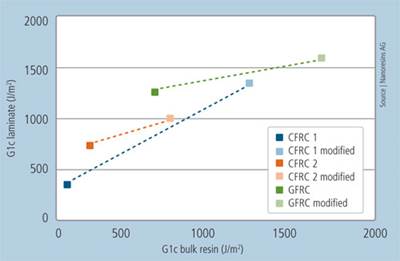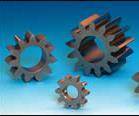Resins
Mining the potential of polyurethane composites
Pultruded rollers for mine conveyors outperform steel and portend a huge new market.
Read MoreResin systems update: The greening of thermosets
Thermoset resin formulators seek environmental benefits as customers demand reduced cost and increased performance.
Read MoreOne-piece molded truck body uses customized resin formulation
When General Motors Corp. (Flint, Mich. ) opted to update its small Astro cargo van in 2007 concurrent with the introduction of new Colorado and Canyon light truck platforms, customers talked and GM listened.
Read MoreBoeing 787 Update
Approaching rollout and first flight, the 787 relies on innovations in composite materials and processes to hit its targets
Read MoreAdvanced materials for aircraft interiors
Applications aren't as demanding as airframe composites, but requirements are still exacting — passenger safety is key.
Read MorePre-Cured Sleeves For High-Pressure Pipes
Clock Spring is one of several composite wrap approaches developed by inventor Norman C. Fawley of NCF Industries Inc. (Santa Maria, Calif., U.S.A.). The concentrically-coiled, glass fiber-reinforced polyester composite sleeve was devised with support from the Gas Technology Institute and the gas pipeline indu
Read MoreComposites Air Cans Lighten Riser Loads
Low-pressure air cans, designed to add buoyancy to a spar platform’s riser string, are good candidates for composite materials. Up to 12 ft/3.7m in diameter and from 30 to 60 ft/9.2 to 18.5m long, the hollow structures support the riser weight and take load off of the platform’s hull. Typically installed insid
Read MoreDesign Issues
Typical FRP pipe is reciprocally filament wound with a fiber angle of ±54.75° relative to the longitudinal (0°) axis. This architecture satisfies stress loads in both the circumferential (hoop) and longitudinal (axial) directions for most pipes and pressure vessels. It withstands the in-use pressure, ther
Read MoreSome Design Issues
A variety of resins can be used for offshore applications, depending on the requirements for the final product. General-purpose polyester offers a low-cost option that provides greater corrosion resistance than steel. Isophthalic polyester provides somewhat better corrosion resistance, while vinyl ester is pre
Read More













